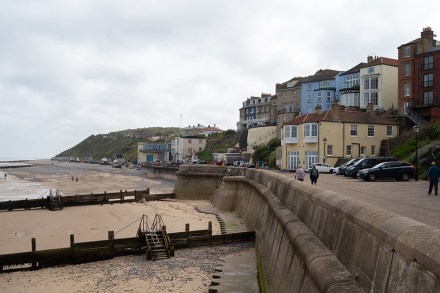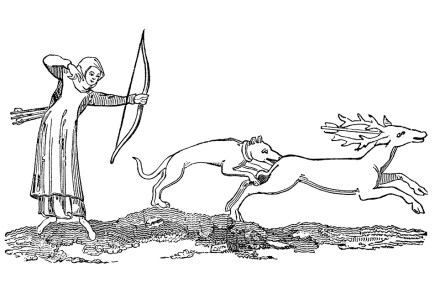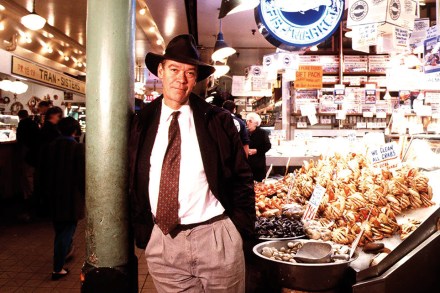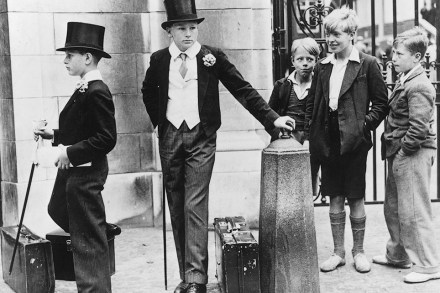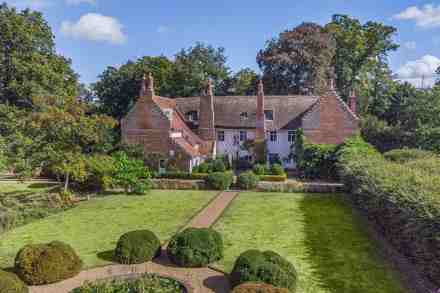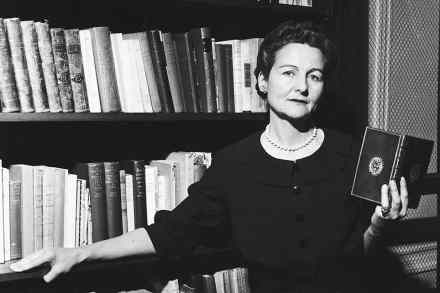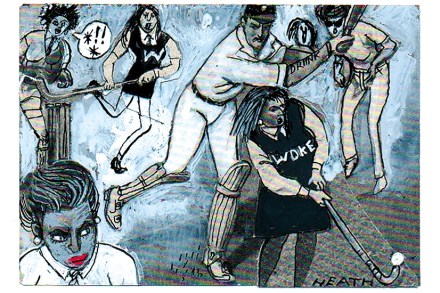Will Ben Stokes be fit for the Ashes?
What a marvellous summer this has been for Test cricket, which is sadly at risk of becoming an endangered species. The dramatic world of the T20 franchise, fuelled by the outrageous success of the Indian Premier League (IPL), has pushed traditional Test cricket uncomfortably close to the margins. The Test matches began with South Africa’s remarkable win over Australia at Lord’s in the World Test Championship final in June. This has been followed by a thrilling drawn series against India. These matches have perfectly illustrated the greater variety and more exciting possibilities the two-innings game has to offer. In two-innings cricket a side can be bowled out for 40 in




